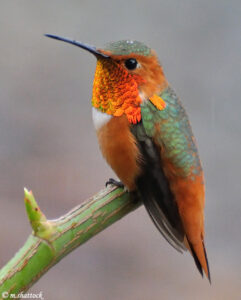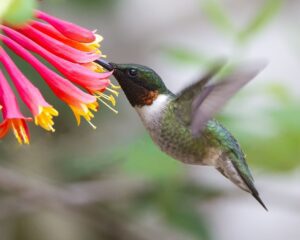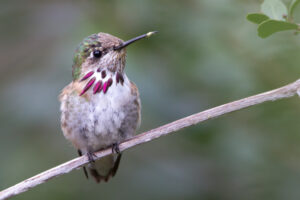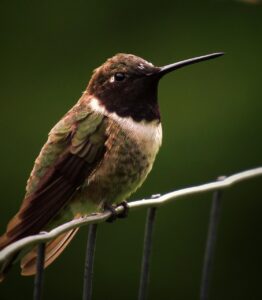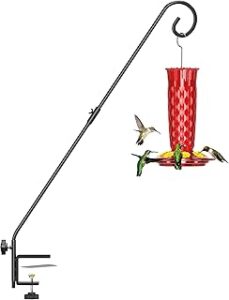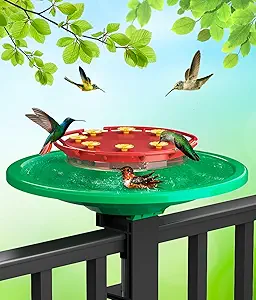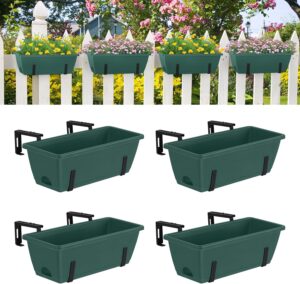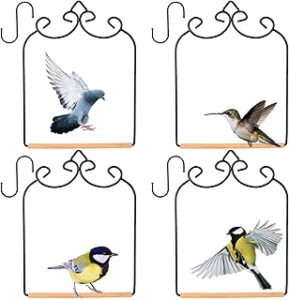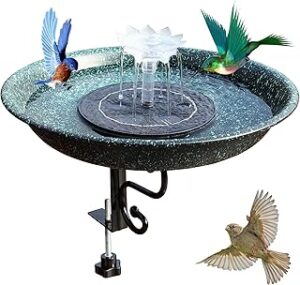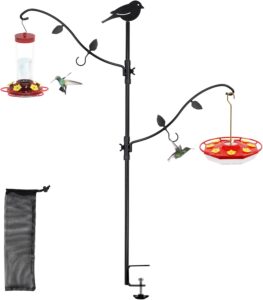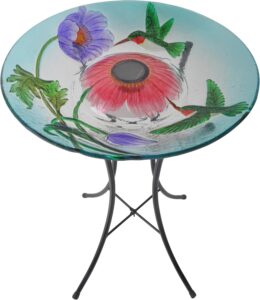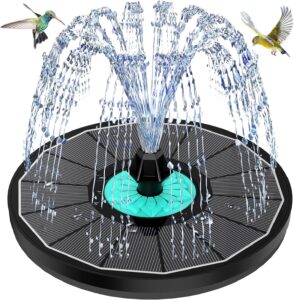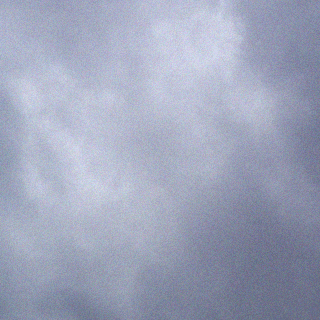Hummingbirds are a fascinating and delightful addition to any garden, and Alabama offers a unique opportunity to attract these tiny wonders. With its warm climate and diverse native flora, the state provides an ideal environment for hummingbirds to thrive. This guide will help you create a hummingbird-friendly habitat, with a special focus on native plants and strategies tailored to both urban and rural settings.
Hummingbird Species in Alabama
Alabama hosts several species of hummingbirds, though the Ruby-throated Hummingbird is by far the most common. Other species, such as the Rufous, Black-chinned, Calliope, and Broad-tailed Hummingbirds, are rare but occasionally spotted during migration.
-
Ruby-throated Hummingbird: The primary species seen in Alabama from spring through fall.

Rufous Hummingbird -
Rufous Hummingbird: A rare visitor during migration.
-
Black-chinned Hummingbird: Rarely sighted.
-
Calliope and Broad-tailed Hummingbirds: Extremely rare but worth watching for during migration.
Seasonal Timing
-
Spring Arrival: Ruby-throated Hummingbirds typically arrive in Alabama between mid-March and early April. Have your feeders ready by

Ruby throated-Hummingbird, Trumpet Honeysuckle mid-March to welcome early arrivals.
-
Fall Departure: Most hummingbirds leave by mid-October. However, leaving feeders up until November can support late migrators.
Feeding Guidelines
To ensure hummingbirds thrive in your yard:
-
Nectar Recipe: Mix 1 part white granulated sugar with 4 parts water. Avoid using red dye or honey.
-
Feeder Maintenance: Clean feeders every 3–5 days during warm weather to prevent mold or harmful bacteria.
- Here’s a comprehensive guide to help you clean your hummingbird feeder for those times when the nectar is not changed soon enough and mold starts to grow.
-
Choosing Feeders: Opt for feeders with red accents (hummingbirds are drawn to red) and avoid those with yellow accents that attract bees.
-
Guide for when to change the nectar
Letting the nectar ferment encourages mold growth, which makes the cleaning process more difficult. To avoid this, follow the chart below

Calliope Hummingbird for recommended nectar changes based on the temperature. The hotter it gets, the more frequently you’ll need to replace the nectar.
High temperatures…………Change after
71-75……………………………6 days
76-80……………………………5 days
81-84……………………………4 days
85-88……………………………3 days
89-92……………………………2 days
93+………………………………change daily
Native Plants for Hummingbirds
Native plants are essential for creating a sustainable environment for hummingbirds. They provide natural nectar sources while supporting biodiversity, including insects that hummingbirds rely on for protein. Here’s an expanded look at Alabama’s best native plants:
Top Native Plants For Alabama
-
Trumpet Vine (Campsis radicans)
-
A fast-growing vine with vibrant orange-red tubular flowers.
-
Thrives in full sun and provides abundant nectar throughout the summer.
-
Note: It can be invasive, so plant it where it can be controlled.
-
-
Trumpet Honeysuckle (Lonicera sempervirens)
-
A non-invasive alternative to Japanese honeysuckle.
-
Produces clusters of red-orange flowers that bloom from spring to fall.
-
-
Indian Pink (Spigelia marilandica)
-
A shade-tolerant perennial with striking red and yellow tubular flowers.
-
Blooms in late spring and early summer.
-
-
Bee Balm (Monarda spp.)
-
Known for its bright red blooms that attract hummingbirds, bees, and butterflies.
-
Thrives in full sun to partial shade.
-
-
Cardinal Flower (Lobelia cardinalis)
-
Features brilliant red tube-shaped flowers that thrive in wet or boggy areas.
-
Ideal for gardens near ponds or streams.
-
-
Salvia (Sage)
-
Includes both annual and perennial varieties that produce nectar-rich flowers.
-
Red salvia is particularly effective at attracting Ruby-throated Hummingbirds.
-
-
Dense Blazing Star (Liatris spicata)
-
Produces tall spikes of purple flowers that bloom in mid-to-late summer.
-
Prefers well-drained soil and full sun.
-
-
Rose of Sharon (Hibiscus syriacus)
-
A shrub with large blooms that provide nectar during late summer when other flowers may be scarce.
-
-
Scarlet Creeper (Ipomoea hederifolia)
-
A climbing vine with long tubular red flowers that bloom from late summer through fall.
-
Perfect for trellises in sunny areas.
-
-
Orange Jewelweed (Impatiens capensis)
-
Thrives in shaded areas with moist soil, producing bright orange flowers from spring through fall.
-
Planting Tips
-
Group plants with similar blooming periods together to create feeding zones.

Black-chinned Hummingbird -
Choose plants with staggered blooming times to ensure a continuous nectar supply from spring through fall.
-
Avoid pesticides, as they can harm both hummingbirds and the insects they eat.
-
Incorporate small trees or shrubs like dogwoods or red buckeye to provide nesting sites near food sources.
Urban Strategies
Even if you live in an urban area with limited space, you can still attract hummingbirds by following these tips:
How to attract hummingbirds to a BALCONY in a high rise apartment building
Do you live in an apartment in an urban area? Do you have a balcony? Chances are, you can probably attract hummingbirds to that balcony. Yes, they do fly up that high! In this video, I talk about my own personal experience attracting several ruby throated hummingbirds to my balcony on the 8th floor of a high rise apartment building in the Bethesda / Washington, D.C. area. I used the color red, a hummingbird feeder (well, several, actually) and lots and lots of tubular-shaped flowers (like salvia, hummingbird mint, vermillionaire, cuphea, lupine and fuchsia.
Container Gardening
Container gardening is an excellent way to attract hummingbirds, especially if you have limited space or want to add vibrant, nectar-rich plants to your patio, balcony, or yard. With the right combination of plants and proper care, you can create a stunning display that doubles as a hummingbird haven.
Choosing the Right Containers
-
Size Matters: Use containers that are at least 12–20 inches in diameter to allow for proper root growth and moisture retention. Larger containers are also less likely to dry out quickly.
-
Material: Galvanized metal containers, ceramic pots, or plastic planters all work well. Ensure the container has drainage holes to prevent root rot.
-
Placement: Position containers in sunny areas since most hummingbird-friendly plants thrive in full sun. If you’re unsure, morning sun with afternoon shade is a safe bet.
Top Plants for Containers
-
Salvia ‘Summer Jewel Red’: This All-America Selections Winner produces brilliant red trumpet-shaped flowers that hummingbirds adore. It grows up to 20 inches tall and works well as a centerpiece in your container.
-
Fuchsia: Known for its dangling, tubular flowers in shades of red and purple, fuchsia is perfect for hanging baskets or as a trailing plant in mixed containers.
-
Petunias: Easy to grow and available in a variety of colors, petunias are a great filler plant for container gardens.
-
Lantana: A hardy plant with clusters of small flowers in vibrant colors like orange, pink, and yellow. It thrives in hot weather and provides ample nectar.
-
Calibrachoa (Million Bells): A smaller cousin of petunias, these plants produce abundant blooms and are ideal for cascading over the edges of containers.
-
Nicotiana (Flowering Tobacco): With its fragrant tubular flowers, this plant is both visually appealing and a nectar source for hummingbirds.
-
Zinnias (Short Varieties): Compact zinnias add bursts of color while attracting hummingbirds and butterflies alike.
-
Designing Your Container Garden
-
Layered Approach: Place taller plants like salvia or dwarf butterfly bush in the center, medium-height plants like lantana around them, and trailing plants like calibrachoa along the edges.
-
Color Scheme: Focus on red, orange, pink, and purple flowers to catch the attention of hummingbirds from a distance.
-
Mixing Annuals and Perennials: Combine annuals like petunias with perennials like coral bells (Heuchera) for a garden that evolves over time.
Care Tips
-
Use high-quality potting soil that retains moisture but drains well.
-
Fertilize every few weeks with a balanced fertilizer to encourage continuous blooming.
-
Water regularly, especially during hot weather. Containers dry out faster than garden beds.
-
Balcony Feeders
-
Attracting hummingbirds to your balcony is easier than you might think! Even in urban settings or high-rise apartments, you can create an inviting space for these tiny birds by combining feeders with strategic planting.
Choosing the Right Feeders
-
Compact Feeders: Look for small feeders designed specifically for balconies. These are easy to clean and refill while fitting into limited spaces.
-
Clamp-On Feeders: These feeders attach securely to balcony railings, saving space while keeping the feeder stable during windy conditions.
-

Deck Hook for Bird Feeder -
Hanging Feeders: If your balcony has an overhang or ceiling hooks, hanging feeders are an excellent option. Choose models with multiple feeding ports to accommodate more birds.
-
-
Feeder Placement Tips
-
Position feeders where they are easily visible from above since hummingbirds often spot food sources while flying overhead.
-
Avoid placing feeders too close to windows unless you use window decals or stickers to prevent collisions.
-
Keep feeders away from high-traffic areas on your balcony to minimize disturbances.
-
-
Enhancing Your Balcony Setup
- Hummingbirds enjoy fresh water to drink and bathe. A shallow birdbath with a fine spray from a mister is ideal. Just make sure the water is changed regularly to keep it clean.
Here’s a solar powered bird bath.Hummingbird misters at Amazon.com -

-
Flower Pots and Rail Boxes
-
Add pots or railing boxes filled with nectar-rich flowers like nasturtiums, New Guinea impatiens, or geraniums. These provide additional food sources while enhancing the visual appeal of your balcony. For shady balconies, opt for shade-tolerant plants like impatiens or begonias.
-
Deck Railing Planter Balcony Hanging Planters with Adjustable Flower Box Brackets

-
-
Artificial Flowers with Nectar Feeders
-
Use artificial red flowers as visual lures but pair them with mini nectar feeders hidden among the blooms to provide real food once birds arrive.
-
-
Perches for Resting
-
Hummingbirds spend up to 80% of their time resting between feedings. Create hummingbird perches using wire coat hangers bent into horizontal shapes or small branches placed near feeders.
-
-
Water Features
-
If space allows, add a small fountain or birdbath with a gentle misting feature. Hummingbirds love bathing in fine sprays of water.
-

Deck Mounted Hummingbird Bath, -
Vertical Gardening Options
-
Install trellises with climbing plants like scarlet creeper or trumpet honeysuckle to maximize vertical space while attracting hummingbirds.
- Click the link to check out all the cool accessories to build a successful balcony or deck hummingbird haven!
-

Deck Pole Hummingbird Feeding Station
-
-
-
-
Maintenance Tips
-
Clean feeders every 3–5 days (more often in hot weather) to prevent mold growth.
-
Refresh sugar water frequently to keep it fresh and appealing.
-
Monitor flower pots regularly for pests or signs of dehydration.
By combining thoughtfully chosen plants with strategically placed feeders, even a small balcony can become a vibrant oasis for hummingbirds!
-
Community Efforts
-
Encourage neighbors to plant hummingbird-friendly flowers to create a network of feeding spots across your neighborhood.
-
Participate in local conservation programs or birdwatching groups to share tips and resources.
Rural Strategies
For those living in rural areas with more space, there are endless possibilities for creating a hummingbird haven:
Expansive Gardens
-
Design large gardens featuring a mix of native perennials like bee balm, salvia, daylilies, and Indian pinks.
-
Plant flowering shrubs such as butterfly bush or rose of Sharon along property borders for additional nectar sources.
Wildflower Meadows
-
Establish wildflower meadows that include species such as columbine, phlox, lupine, and standing cypress for seasonal blooms.
-
Allow some areas of your property to grow naturally without mowing to encourage native plant growth.
Tree Plantings
-
Incorporate trees like red buckeye or flowering dogwood to provide shelter and nesting sites for hummingbirds near food sources.
-
Maintain small deciduous trees around the edges of your yard where birds can build nests using lichens and spider webs.
Water Features
-
Include ponds or birdbaths surrounded by nectar-rich plants like cardinal flower or jewelweed to attract hummingbirds seeking both food and water.
-
Install shallow bird baths with gently sloping edges. Hummingbirds prefer water sources that are no more than 1-1.5 inches deep.

-
Consider adding a mister or dripper to create moving water, which attracts hummingbirds. They often enjoy flying through fine sprays of water.

Climate and Environmental Impact
Alabama’s warm climate supports hummingbirds from spring through fall, but habitat loss due to urbanization poses challenges. By planting native species and avoiding harmful chemicals, you can help sustain local hummingbird populations while promoting biodiversity.
Special Tips for Alabama Birders
-
Keep an eye out for rare visitors like Rufous or Calliope Hummingbirds during migration seasons.
-
Participate in citizen science programs such as Audubon’s Hummingbirds at Home to track sightings and contribute to conservation efforts.
State-Specific Notes
Alabama’s Gulf Coast is particularly important for migrating hummingbirds as they prepare for their journey across the Gulf of Mexico. Baldwin County is a hotspot for sightings during both spring and fall migrations. Ensure feeders are ready early in the season along the coast to support these travelers!
By focusing on native plants and tailored strategies for urban and rural settings, you can create a thriving habitat for hummingbirds in Alabama while enjoying their mesmerizing presence all season long!
